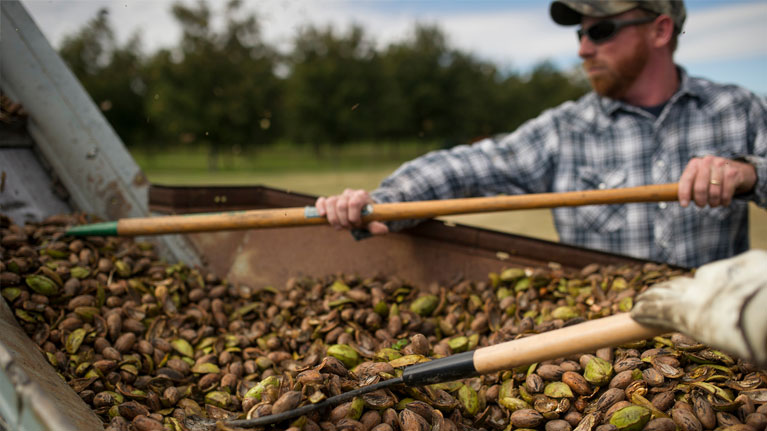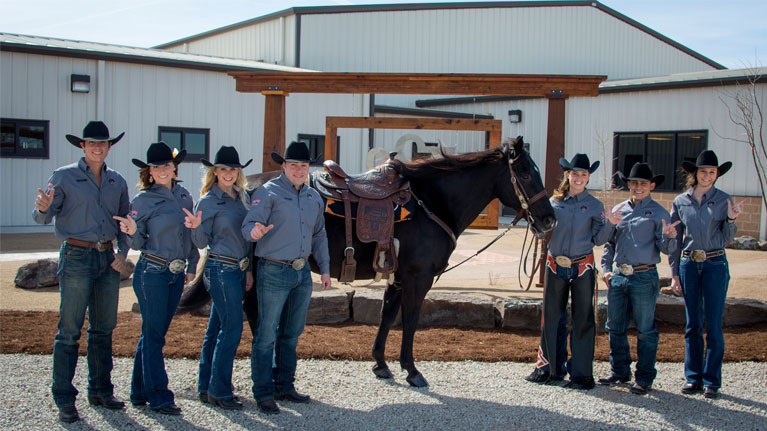With a presence in all 77 counties, the Oklahoma Cooperative Extension Service offers programs that relate to all aspects of life, from financial management and nutrition to youth development and agriculture. The purpose of these programs is to enhance the lives of all Oklahomans. Extension programs are free or low cost through county Extension offices via workshops, demonstrations, conferences, webinars, 4-H Clubs, and research-based fact sheets as well as thousands of one-on-one consultations with County Extension Educators (Agents).
Areas of Impact
When you support the Extension, you help shape the future for Oklahoma State University. By contributing to the fund(s) below, you make our future brighter orange!
Oklahoma Cooperative Extension Service Excellence Fund
21-01250 - This operating fund benefits programs through DASNR.
For a list of many other programs, follow the links below:
For more information and to find out how you can help support OSU Extension, view our brochure:
Land-grant Universities, such as Oklahoma State University, have three basic missions; teaching, research, and Extension. The teaching mission was created by the Morrill Act of 1862. The research mission was created by the Hatch Act of 1887. The Extension mission was created by the Smith-Lever Act in 1914. The sides of the DASNR triangle symbolically represent these three missions.
The Smith-Lever Act created a unique partnership between county, state, and federal government to provide funding through land-grant universities to “take the university to the people.” Program areas conducted by Extension include: Agriculture and Natural Resources; 4-H Youth Development; Family and Consumer Sciences (FCS); and Community Development.
Extension is a reliable source of research-based information on topics ranging from managing your money to keeping up with the latest agricultural technology and markets to identifying that plant or insect in your yard. By “Extending Knowledge” developed by university research, Extension strives to “Change Lives” for the better.



Funding Priorities
Priority 1: Endowments to support the salary and/or operating expenses of an Extension Office.
Priority 2: “Innovation Funds” to support grants to Educators and faculty to develop new Extension programing and demonstrations.
Priority 3: Funding for expansion and improvements to the Botanic Garden and the associated TV program “Oklahoma Gardening.”
Priority 4: Funding to support the operating costs of existing programs in agriculture and natural resources, 4-H youth development, family and consumer sciences (FCS), and community development. For examples of programs, please see the list below.
Priority 5: Support for the professional development of educators: Examples of professional development activities include: a) obtaining advanced degrees; b) leadership training; c) attending professional meetings; and d) operation of state-level professional associations for Agriculture, 4-H Youth Development, and FCS Educators; and e) exchange trips with other states and countries.


